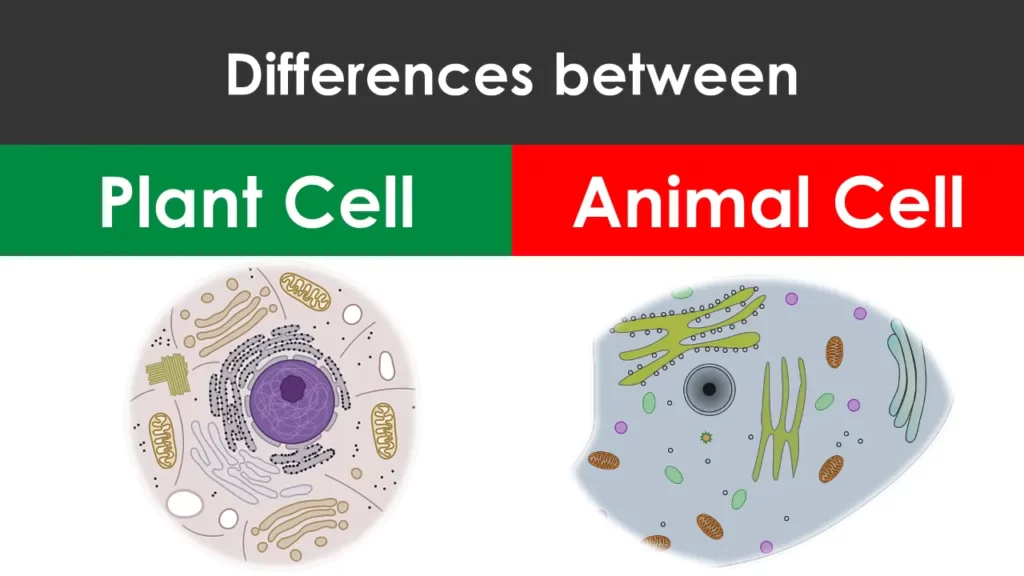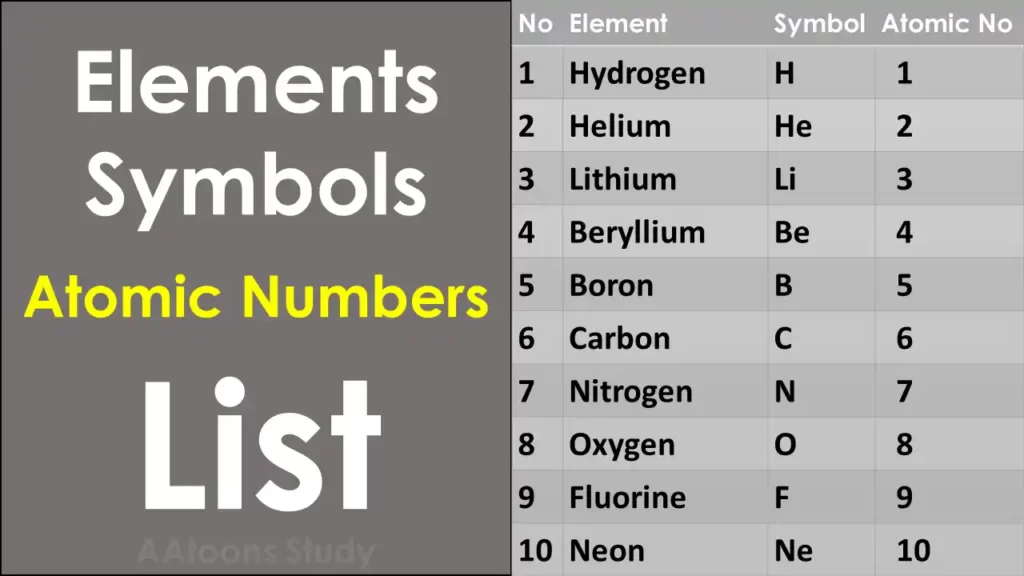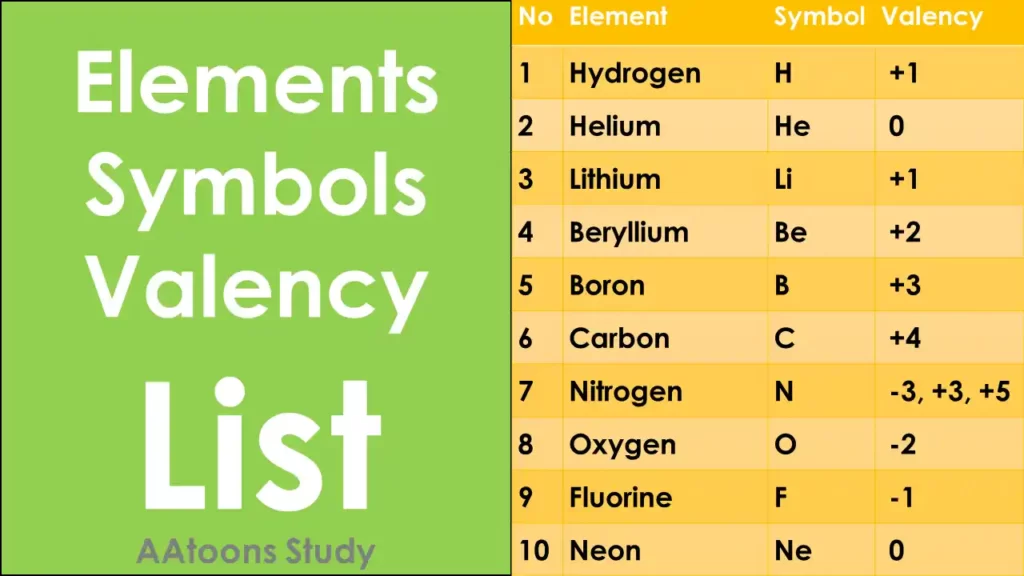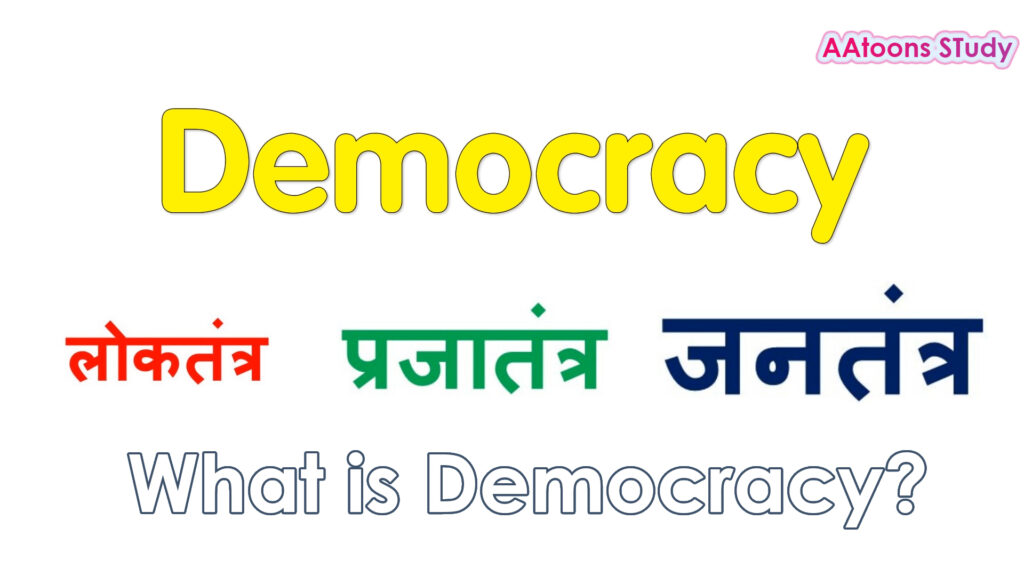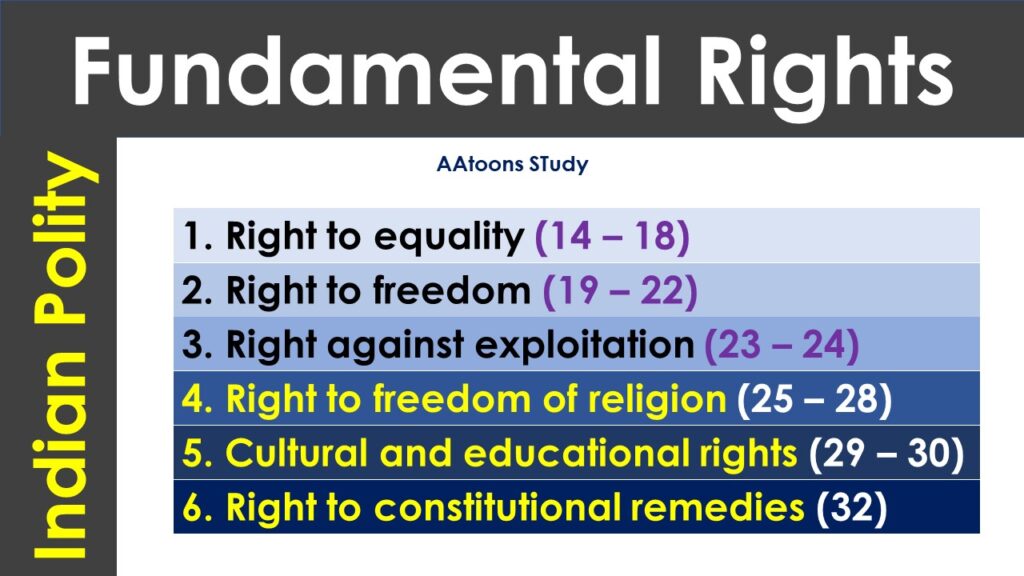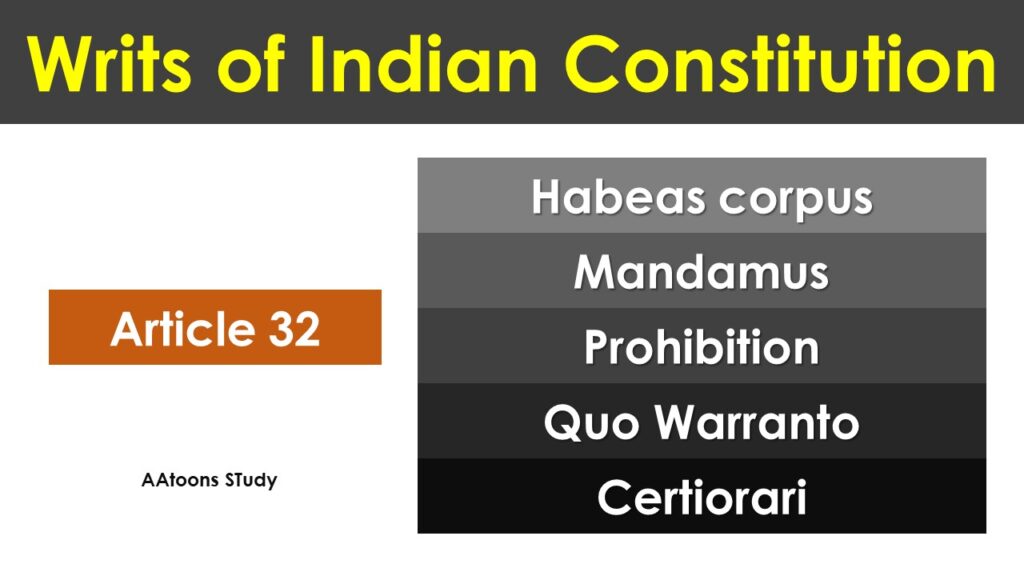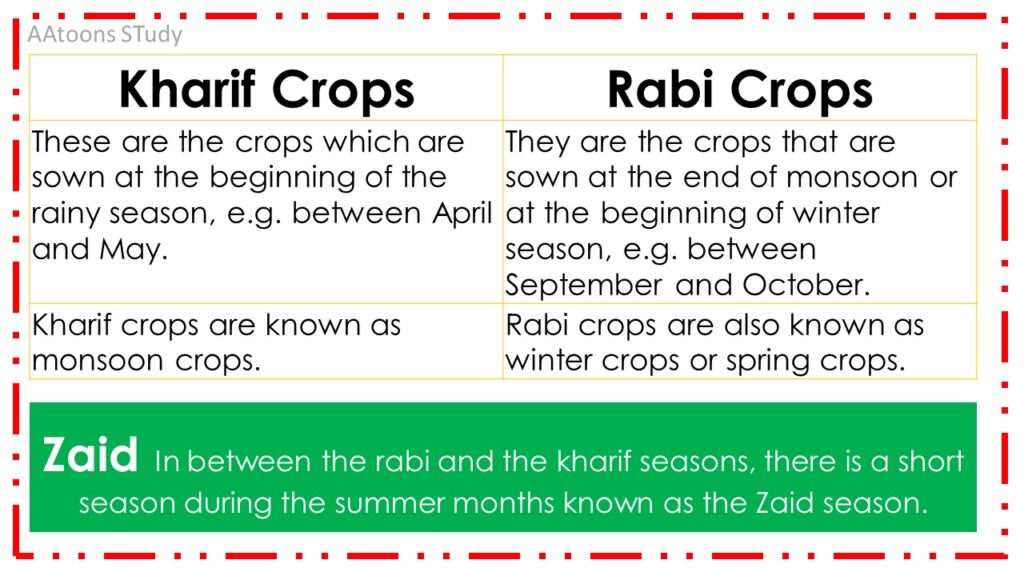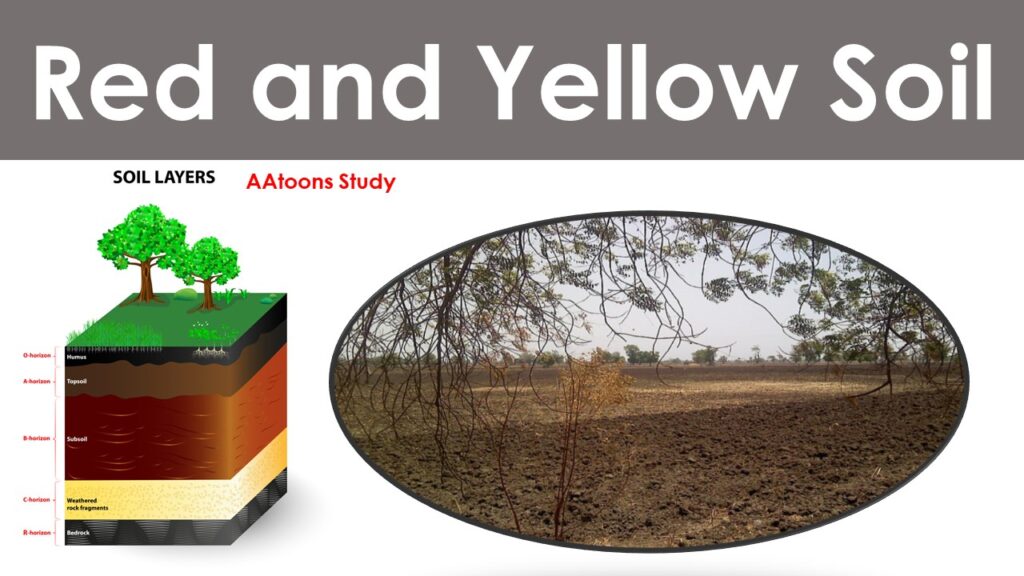Black Soil

Black soils is also known as the ‘Regur Soil’ or the ‘Black Cotton Soil’.
Location
- They cover the plateaus of Maharashtra, Saurashtra, Malwa, Madhya Pradesh, Chattishgarh, Gujarat, Andhra Pradesh, and some parts of Tamilnadu and extend in the south-east direction along the Godavari and the Krishna valleys.
- In the upper reaches of the Godavari and the Krishna, and the north western part of the Deccan Plateau, the black soil is very deep.
Type
- The black soils are generally clayey, deep and impermeable.
- Deccan plateau and is made up of lava flows.
- The black soils are made up of clayey soil, well-known for their capacity to hold moisture. Because of their high clay content, black soils develop wide cracks during the dry season
Nature
- They are rich in soil nutrients, such as calcium carbonate, magnesium, potash and lime.
- But they lack in phosphorous, nitrogen and organic matter.
- They are poor in humus yet highly moisture-retentive, thus responding well to irrigation.
- The colour of the soil ranges from deep black to grey.
Crops
Cotton, citrus fruits, wheat, jowar, millets, Linseed, castor, tobacco, sugarcane, safflower, and vegetable.
YouTube
Related Posts
- Greenhouse gases and its Effects
- Motion in Physics – Definition, Laws, Types of Motion
- Sound and its related terms
- Differences between Unicellular and Multicellular Organism
- Differences between Plant cell and animal cell
- Cell Structure and Functions list
- Elements and their Symbols with atomic numbers
- First 118 elements of the periodic table with their symbols and typical valences
- List of Important Abbreviations for various competitive exam
- Human Body Facts
- Branches of Biology
- Democracy Government
- 11 Famous Slogans of Indian Freedom Fighters
- Fundamental Rights
- Writs of the Indian Constitution
- Computer Networking notes
- Class 10 Rabi, Kharif and Zaid Crops notes
- List of Computer Abbreviation
- List of people considered father or Mother of a field in India
- Red and Yellow Soil




